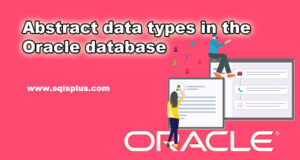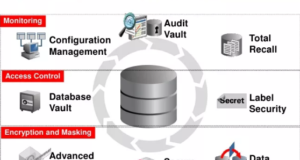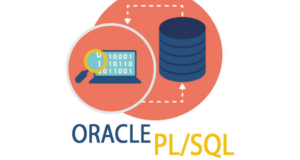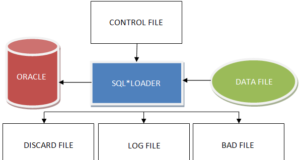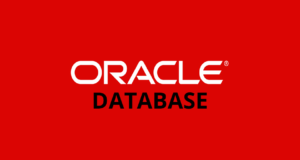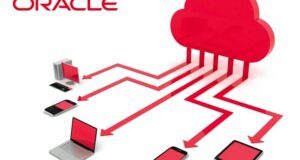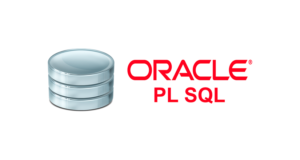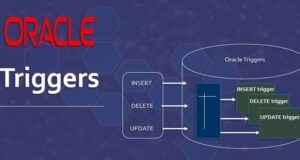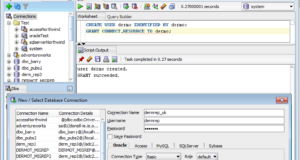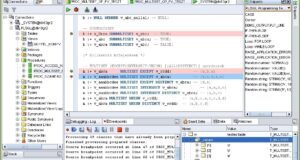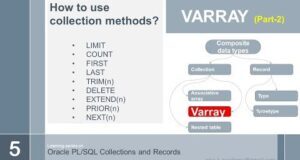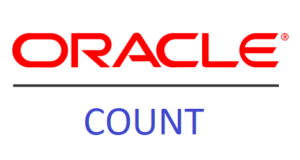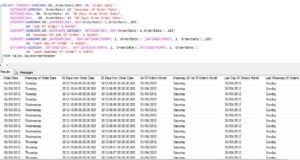Tag: Oracle Database
PreambleIf you are a Linux sysadmin or developer, there comes a time when you need to manage an Oracle database that can work in your environment.In this case, it is important to understand...
This article gives a brief overview of the important Oracle functionality that helps to facilitate the object-oriented programming process.Central to object-oriented programming in Oracle are...
To help in managing transactions, Oracle DBMS allows you to use two special types of transactions - discrete transactions and standalone transactions. In this blog article, we will describe both...
Many PL/SQL developers believe that only database administrators and security specialists should take care of security. Indeed, some security aspects (e.g. user and privilege management) should...
Using machine resources (including memory and processor), Oracle can support tens of thousands of concurrent database users. The memory management technologies of Oracle in recent years have...
In this article, we will talk about how to upload information to an Oracle database, namely, we will consider a utility to import data into an Oracle database called SQL*Loader. Downloading and...
Immediately after the creation of users in the database, the need to manage their access to various data objects arises. For example, an employee of the human resources department of an...
It is very important for a professional developer (programmer) to be able to work effectively in the SQL*Plus environment. It is important to be able to perform competent configuration and...
Oracle PL/SQL is a combination of SQL, along with the procedural features of programming languages. It was developed by Oracle Corporation in the early 90's to extend the capabilities of...
A trigger is a named PL/SQL module that is stored in a database and can be invoked again. You can enable and disable a trigger, but you cannot explicitly call it.When the Trigger is enabled,...
In Oracle PL/SQL, an operation on SET collections returns a collection with distinct (i.e. a collection without takes). SET syntax in Oracle PL/SQL SET (nt) Parameters and arguments of the...
In Oracle PL/SQL, the MULTISET UNION collection operation returns the merging of two collections MULTISET UNION syntax in Oracle PL/SQL nt1 MULTISET UNION nt2 Collection parameters and...
In Oracle PL/SQL, the PRIOR and NEXT methods are functions that allow you to move back and forth in the collection (ignoring the deleted items even if DELETE stores fillers for them). These...
In Oracle PL/SQL, the LIMIT method is a function that returns the maximum number of elements that a collection can have. If the collection does not have the maximum number of elements, LIMIT...
In Oracle PL/SQL, the COUNT method is a function that returns the number of items in a collection (ignoring the deleted items even if DELETE stores fillers for them). Syntax of COUNT collection...
In Oracle PL/SQL the FIRST and LAST methods are functions. If there is at least one element in the collection, FIRST and LAST return the indexes of the first and last element respectively...


